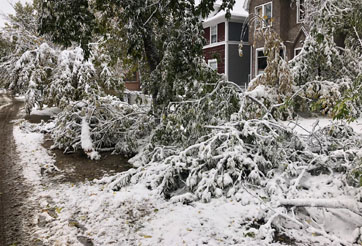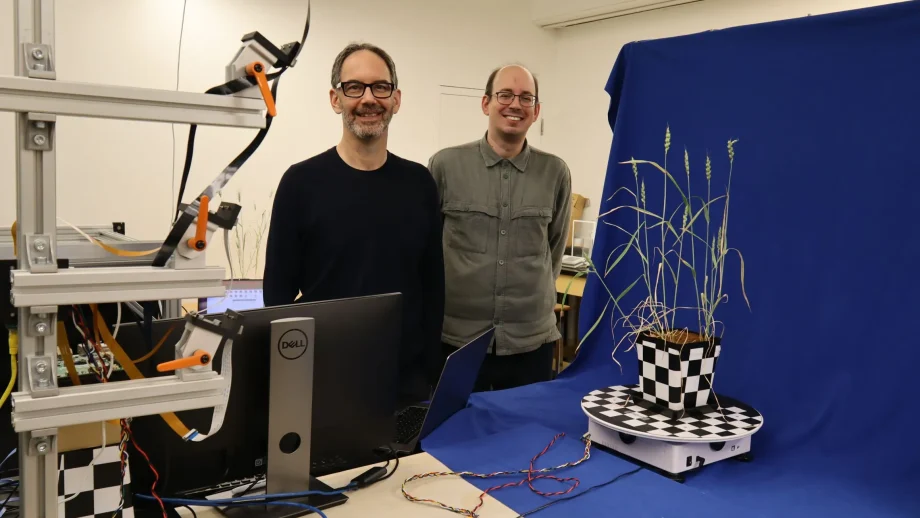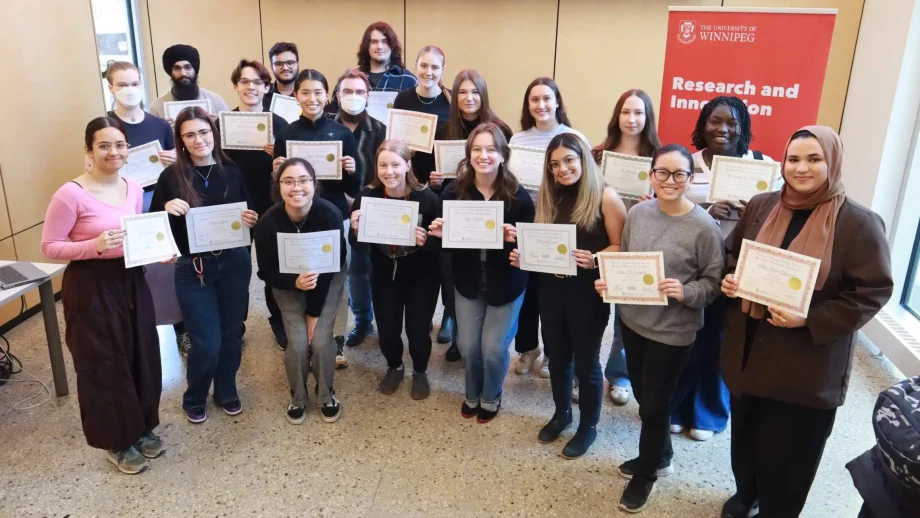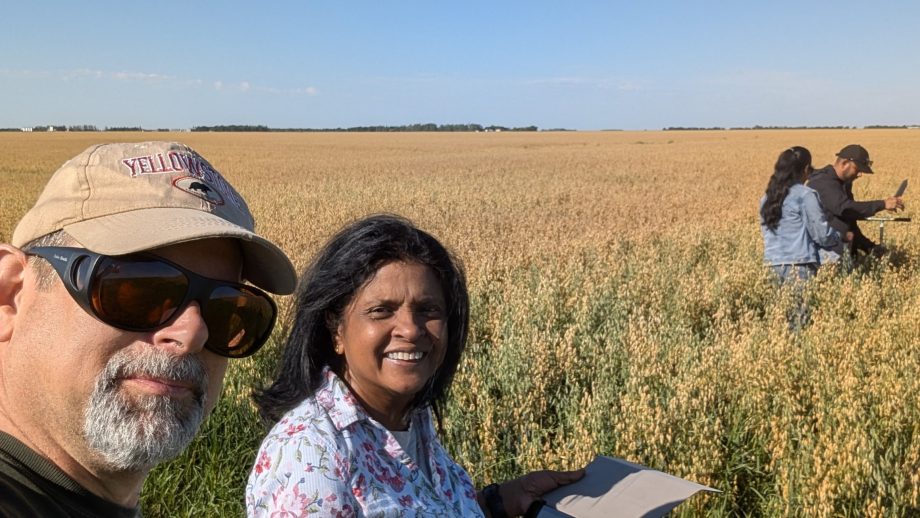
UWinnipeg researcher, Dr. Nora Casson, has just released new research into the impact of extreme weather events. Photo credit: Catherine Goltz
Winters are changing. Climate change is increasing the frequency and severity of winter weather whiplash.
According to recently published research by University of Winnipeg Canada Research Chair and co-director of UWinnipeg’s Prairie Climate Centre, Dr. Nora Casson, and Dr. Alix Contosta, of the University of New Hampshire, these extreme weather events have a big impact on ecosystems and communities.
Winter weather whiplash events are characterized by wild and rapid shifts in winter weather; from early dumps of snow in the fall, to late frosts in the spring, and heatwaves or rainfall in the middle of winter.
While some people might see an early snowfall as a signal to head out snowmobiling, skiing, or skating, Casson explains that winter is also a critical season for ecosystems as snow insulates tree roots from the harsh cold, and low temperatures help control invasive insect populations.
“These events can have important consequences for ecosystems and communities, especially when they occur at unusual times of year,” said Casson. “For example, large snowstorms that occur when the leaves are still on the trees can cause tree damage, power outages, and road closures.”
Manitoba residents experienced this first hand in October 2019 when a flash storm wreaked havoc on the province, damaging approximately 30,000 trees in Winnipeg alone, and leaving thousands of people across the province without power. Casson talks about this storm, and its impact in a video developed by the Prairie Climate Centre.
“Extreme weather events happen in all seasons,” said Casson, “What makes these events particularly impactful is the rapid swing from above freezing to below freezing, or vice versa. These impacts can be costly to communities, and can disrupt ecological processes such as carbon storage in vegetation.”
By examining long-term climate and ecological records alongside economic and social case studies, Casson and Contosta shed light on ways that the impact of winter weather whiplash events may change in the future. They want to understand how these events and the subsequent tree damage, flooding, electrical outages, and crop damage that they cause, have far-reaching effects on the social and ecological systems we live in. They hope their research gives decision makers and planners the tools they need to address rapidly changing winter conditions.
“The ultimate goal of this work is to understand how, where, and when these events occur so that we can give that information to communities to help them develop adaptation and mitigation strategies,” said Casson.
Learn more about this research in the recently published Earth’s Future Journal article, “Winter weather whiplash: impacts of meteorological events misaligned with natural and human systems in seasonally snow-covered regions”.
This research is supported by the National Socio-Environmental Synthesis Center (SESYNC) with funding from the National Science Foundation DBI-1639145.
MEDIA CONTACT:
Jennifer Cox, Communications Officer, The University of Winnipeg
T: 204.988.7671 E: j.cox@uwinnipeg.ca





